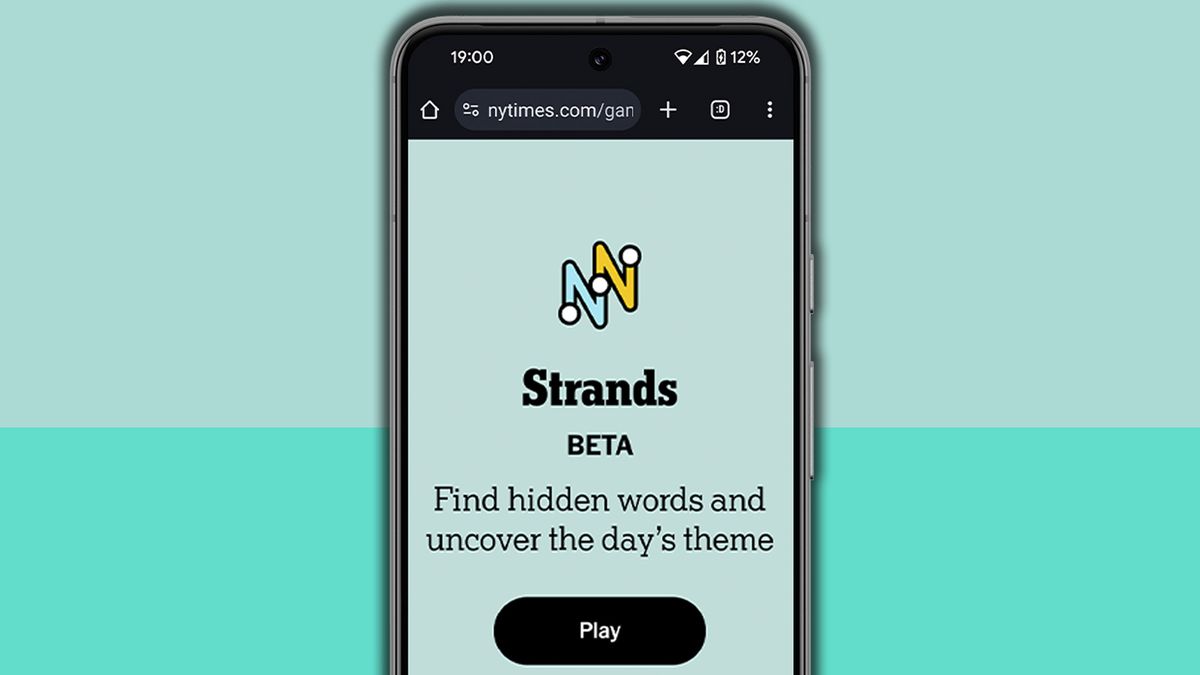In today’s hyper-connected world, data has become the lifeblood of modern businesses. Whether you’re a small e-ecommerce shop or a large multinational corporation, your success often hinges on how effectively you can harness data to make smart, informed decisions. From understanding customer behavior to optimizing marketing campaigns, data-driven decision-making is no longer a luxury — it’s a necessity.
As organizations increasingly recognize the power of data, the demand for sophisticated tools to manage this invaluable resource is surging. The customer relationship management (CRM) software market is booming — and it doesn’t seem to be slowing down anytime soon. Fortune Business Insights predicts the global market will nearly double in size, reaching $157 billion by 2030, up from $71 billion in 2023.
However, as businesses strive to become more data-centric, many find themselves facing a confusing challenge. How do you navigate the vast sea of tech tools designed to manage and leverage customer data? Two of the most prominent solutions are Customer Relationship Management (CRM) systems and Customer Data Platforms (CDPs). But here’s where the dilemma kicks in: while both seem to offer powerful ways to manage customer data, they serve very different purposes.
So, which one is right for your business? Is there a way to combine their strengths? In this article, we’ll break down the key differences between CDPs and CRMs, explore their unique functions, and help you make an informed decision on which tool — or combination of tools — best fits your needs.
Chief Executive Officer at Workbooks.
What is a CRM?
At its core, CRM software is like your business’s personal assistant for keeping track of customer relationships. Think of it as a centralized hub where every interaction with a customer is neatly organized, so nothing falls through the cracks — whether it's a potential sale, an important email, or a customer service request.
The main function of a CRM is to help businesses manage and optimize the relationships they have with their customers. It keeps track of who your customers are, how and when you’ve interacted with them, and where they are in the sales process. For sales teams, it's the ultimate tool for turning a lead into a loyal customer. For customer service teams, it's all about ensuring the customer feels heard and valued.
Typical features of a CRM
Here are some of the key features that make CRM systems invaluable for modern businesses:
Contact and lead management: At a glance, you can see every customer or lead’s detailed information and history, from phone numbers and emails to their last conversation with your team.
Sales tracking and forecasting: CRMs help you see where every prospect is in the sales funnel, making it easier to forecast revenue and plan your next move.
Customer interaction history: CRMs keep a record of all interactions, so anyone in your team can pick up where things left off.
Task and project management: You can set tasks, assign responsibilities, and track progress on customer-related projects, so no one drops the ball.
When should you choose a CRM?
A CRM is best suited for companies that prioritize sales, customer service, and relationship management. It helps teams keep track of who their customers are, how and when they’ve interacted, and what actions need to be taken to move those relationships forward.
What is a CDP?
A CDP is the ultimate tool for businesses that need to make sense of the growing mountain of customer data coming from multiple sources. Unlike a CRM, which focuses on managing interactions and relationships, a CDP’s main job is to collect and unify scattered data — from website activity to email interactions — into one comprehensive view. In today’s digital world, where customers interact with brands across many channels, a CDP helps marketers connect the dots and truly understand who their customers are.
At its heart, a CDP gathers and organizes customer data from various sources to create unified profiles that paint a complete picture of each individual. This data can come from your website, mobile app, email marketing campaigns, social media, or even in-store purchases. The magic of a CDP lies in its ability to combine all these touchpoints into one clean, actionable profile that can be used to drive personalized marketing at scale. It’s a powerhouse for any business that wants to truly understand its customers and tailor experiences to their preferences and behaviors.
Typical Features of a CDP
The true power of a CDP lies in its ability to bring together all the fragmented pieces of customer data and turn them into something actionable. Here’s a closer look at the key features that make a CDP so effective:
Centralized data from various channels: Whether it’s website clicks, social media engagement, or email open rates, a CDP pulls data from all available touchpoints into one place.
Unified customer profiles: By aggregating data, a CDP builds detailed profiles for each customer, helping you understand their behaviors, preferences, and buying habits.
Advanced segmentation for personalized marketing: With rich data at your fingertips, a CDP allows you to segment your audience based on a variety of factors, enabling hyper-targeted campaigns that feel personal and relevant.
Integration with marketing tools: CDPs don’t just collect data — they integrate with your existing marketing tools, like email platforms and ad networks, to help you deliver seamless, data-driven campaigns.
When should you choose a CDP?
A CDP is the right choice for businesses that want to harness the full potential of customer data to fuel personalized marketing efforts. If your organization is looking to create a unified view of customer interactions across channels and use that data to drive hyper-targeted campaigns, then a CDP is the way to go.
Can you use both a CRM and CDP?
In an ideal world, many businesses would benefit from using both a CDP and a CRM system. While a CRM excels at tracking customer interactions and managing relationships, a CDP specializes in aggregating and unifying customer data from multiple sources. Together, they provide a 360-degree view of the customer journey, enabling businesses to make data-driven decisions that can improve both sales and marketing efforts.
However, budget constraints can often make this impractical. Ultimately, the choice between a CDP and a CRM comes down to your business needs and budget. While having both can provide a comprehensive view of your customers, focusing on one solution doesn't mean you're at a disadvantage. By understanding your primary goals and maximizing the features of your chosen platform, you can effectively manage customer relationships and drive growth — even on a limited budget. If you can, plan for future investments in both systems as your business grows, but for now, choose wisely based on your immediate needs.
We've listed the best CRM for startups.
This article was produced as part of TechRadarPro's Expert Insights channel where we feature the best and brightest minds in the technology industry today. The views expressed here are those of the author and are not necessarily those of TechRadarPro or Future plc. If you are interested in contributing find out more here: https://www.techradar.com/news/submit-your-story-to-techradar-pro










 English (US) ·
English (US) ·